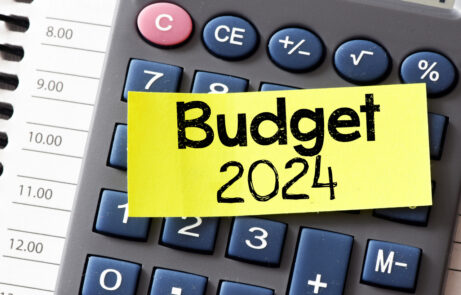Becoming a doctor is no easy feat. You don’t need a bunch of accountants to tell you that. What we can tell you are a few things about the business side of your practice and help get you on the road to financial security as you transition from a salaried to self-employed physician.
We can help you navigate the tax issues that distinguish the salaried resident from the self-employed physician. You should know about paying income tax installments, allowable business deductions, and filing returns.
Should you incorporate? Incorporation is an important professional decision for which you need specialized professional advice. Read our article on Incorporation of Professionals in Ontario and see if it is right for you.
Taxes and the Practicing Physician
As a salaried medical resident, your employer is responsible for deducting taxes and CPP. You’re more likely to earn a refund after claiming all your tuition credits than you are to owe. Simply put, the salary you collect from your employer is the net amount, as opposed to the gross. None of that requires a great deal of expert know-how.
Working as a practicing physician is an entirely different matter. You are now self-employed. You will bill and receive income from OHIP, and you will be responsible for paying your own taxes, quite likely as a member of the highest tax bracket. At this point, you may have exhausted all your tuition credits against your resident salary; however, you will be able to deduct certain business expenses.
Allowable Tax Deductions for Self-employed Physicians
As a rule, most expenses incurred are deductible if they are incurred to earn business income, are reasonable, and are allowed by the Income Tax Act (ITA).
The following are some common business expenses for physicians:
- Accounting and legal fees;
- Advertising and promotion;
- Meals and entertainment (50%);
- Annual license fees and professional dues;
- Interest on office loans and lease payments on expenses;
- Professional development;
- Medical supplies;
- Salaries and employee benefits;
- Travel expenses;
- Automobile;
- Practice overhead insurance;
- Extended health insurance; and
- Malpractice insurance.
KEEP YOUR RECEIPTS for all the above and any other expense you think might be business related.
Your accountant can help you understand eligible deductions based on your specific situation and help you maximize your deductions and minimize taxes.
Filing Tax Returns and Paying the Canada Revenue Agency (CRA)
As a self-employed physician, your tax return must be filed by June 15; however, any tax owing is due April 30. As a resident, your tax return is due on April 30. No one is withholding your income tax at source, so the CRA requires quarterly installments due on the 15th of March, June, September, and December. The easiest way to pay your taxes is online, through your bank.
Set aside money for taxes owing and for future tax installments to avoid interest and penalties on insufficient or missed payments.
If you still have a large line of credit, and the limit does not decrease with payments, with proper planning, you could park your savings for taxes in the line of credit to reduce interest charges until the tax payments are due. Ask your bank.
We recommend attending the CMA Practice Management Seminar and meeting with an accountant before you transition into self-employment.
The GGFL Health Professionals Team has 45 years of experience. We understand the nuances and unique needs of a professional practice, and would be pleased to answer any questions you may have.







